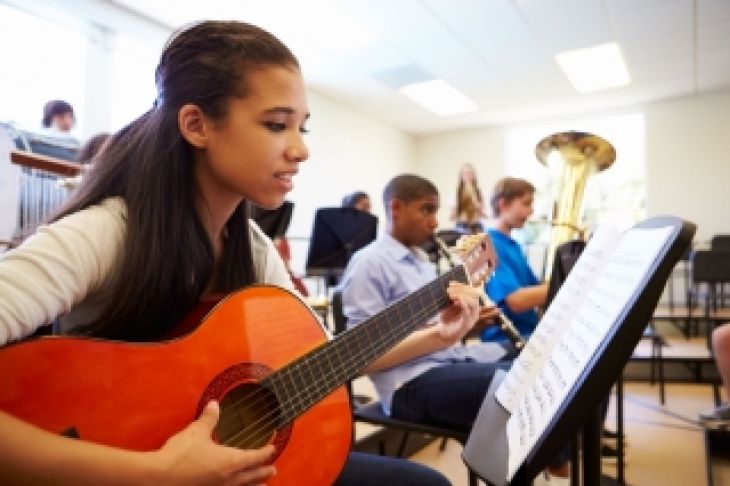Music is a collective experience that binds people together. From orchestral play to audiences handclapping, synchronization lays the foundation for all musical interactions. But what explains our ability to get in sync with someone or act in lock step with a group?
To find answers, McGill University Professor Caroline Palmer and her colleague Professor Alexander Demos from the University of Illinois Chicago are using mathematics and social theory to better understand how musicians synchronize their music making in groups.
“Synchronization is a human tendency to align our behaviors in time with others. It’s necessary for many survival skills and can impact how we view our relationships with others in our group. In fact, previous research has shown that people become more prosocial when they engage in synchronous rhythmic behaviours such as clapping, music making, dancing, marching, and drumming,” says Professor Palmer, who is also the Canada Research Chair in Cognitive Neuroscience of Performance.
Synchronization is an important behavior among musicians, allowing them to sound their notes at the same moment. This ability to produce near-simultaneous musical tones is called musical synchrony. “Despite a large number of studies on interactions such as musical duets, scientists have been stumped on how to measure synchrony in larger groups,” Professor Palmer says.
Musicians often form subgroups that change over the course of a performance and within these changing subgroups, there are often performers taking on different roles. All this plays into synchrony, which is why the professors propose a new model for studying it that incorporates a branch of mathematics used to understand complex systems called nonlinear dynamical theories and social theory that is used to study groups.
“Social and nonlinear dynamics unite: musical group synchrony” by Alexander Demos and Caroline Palmer was published in Trends in Cognitive Sciences.
















